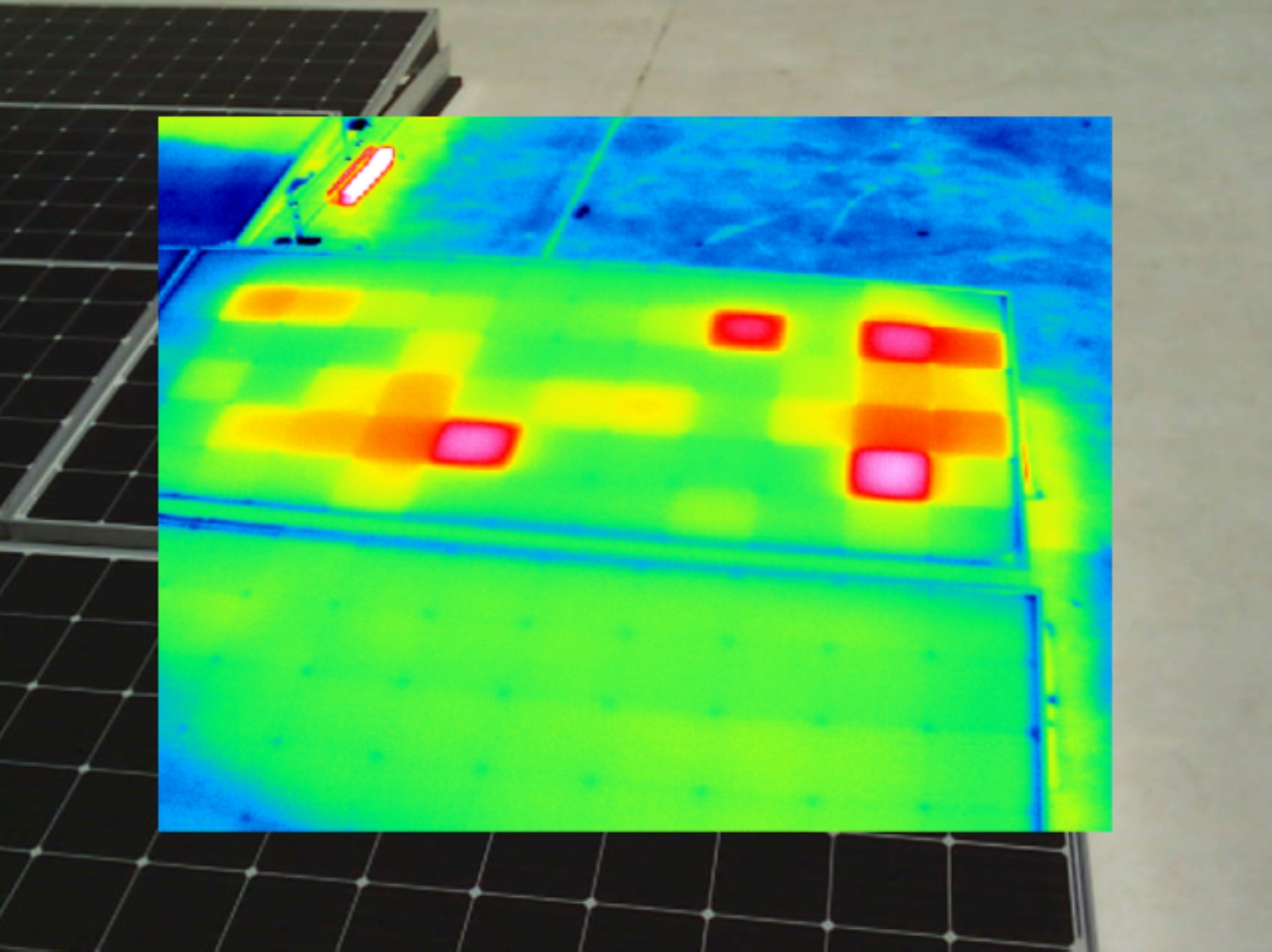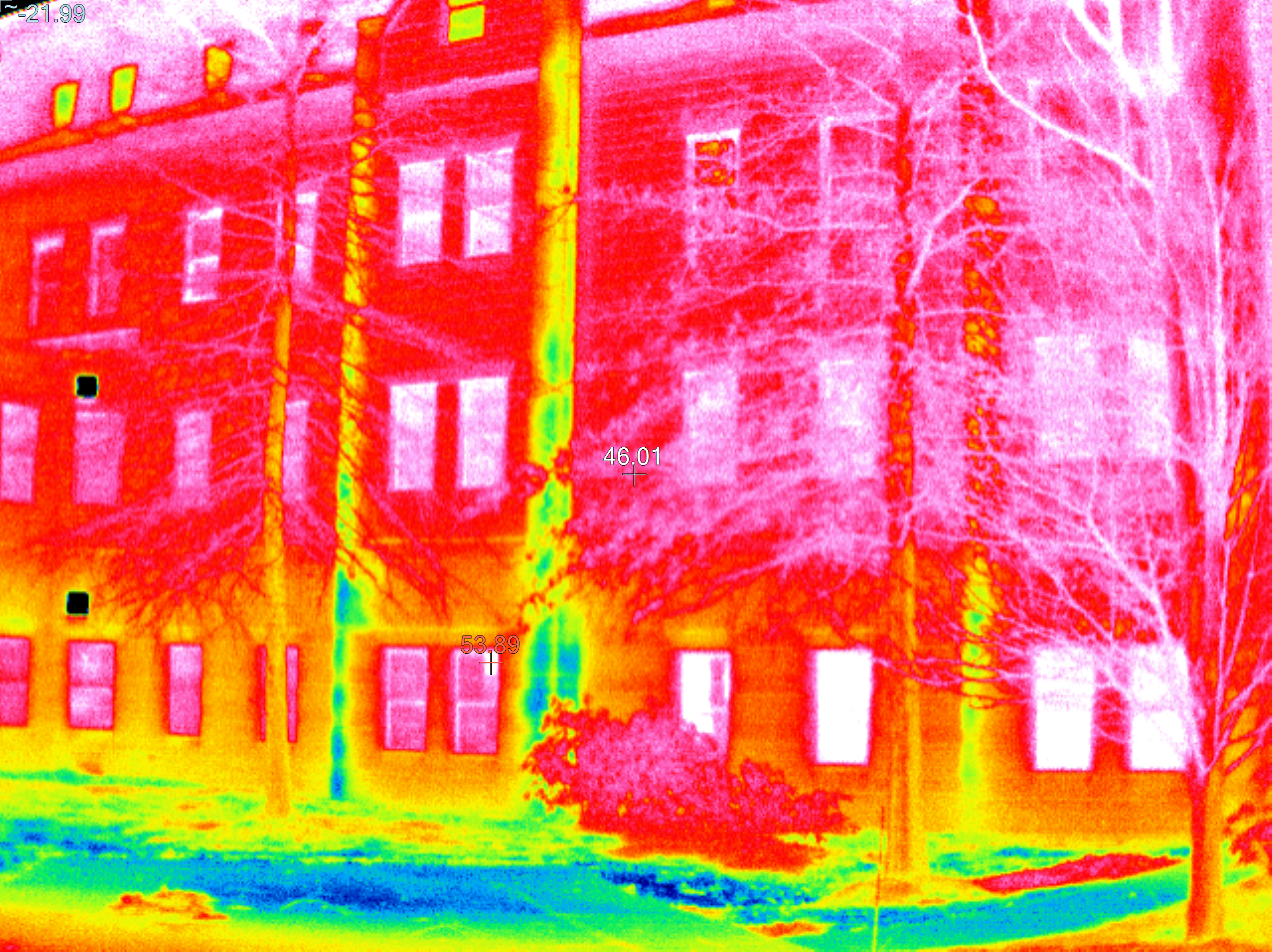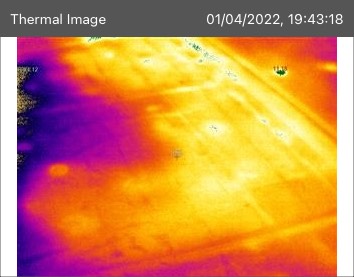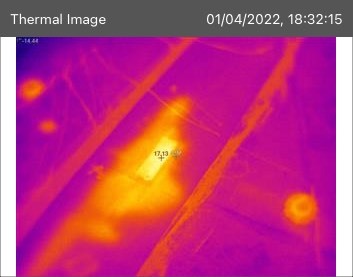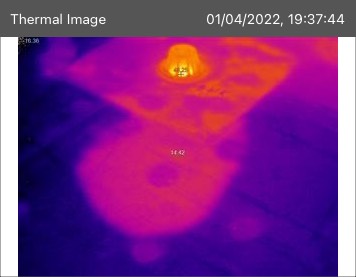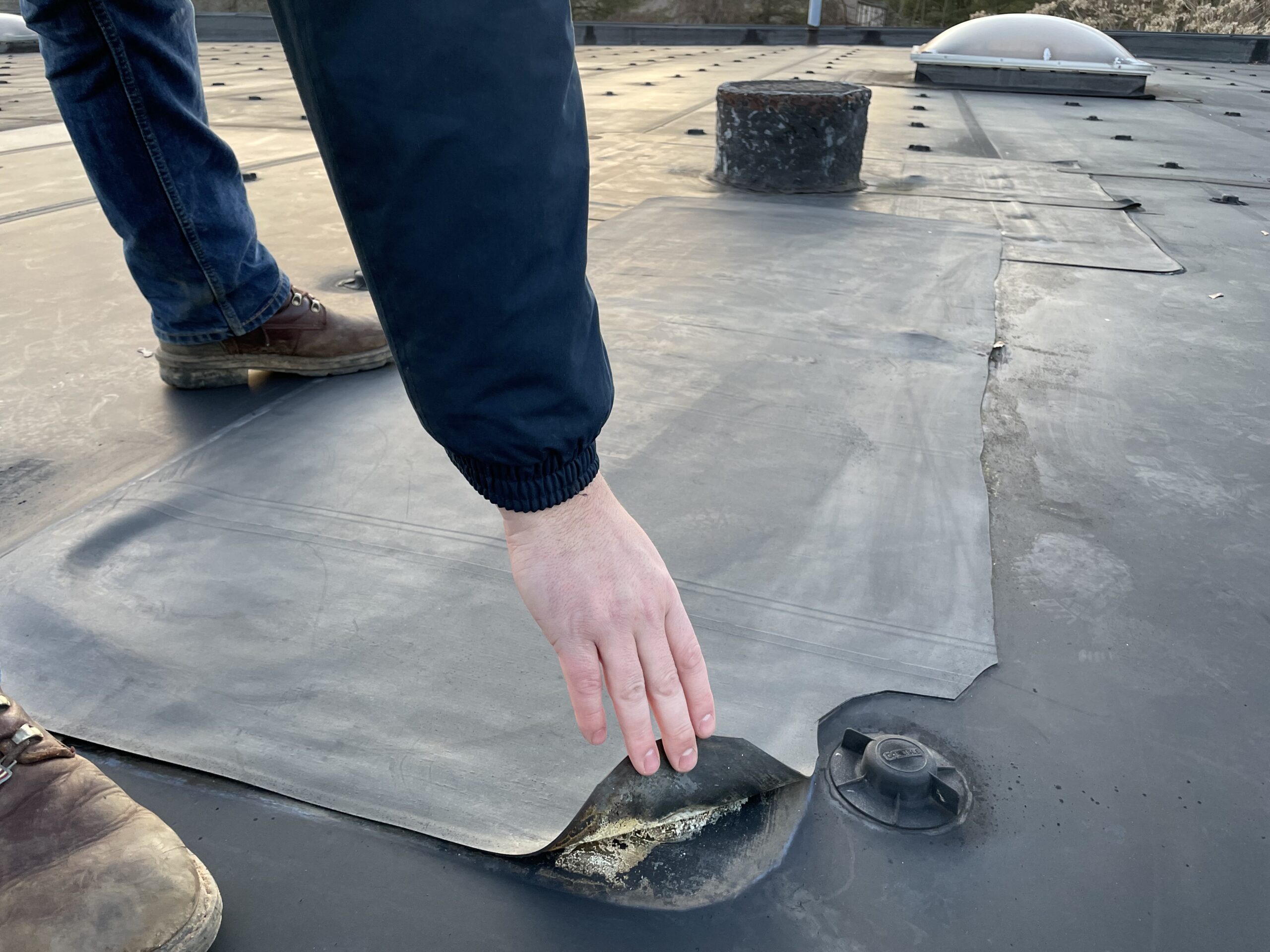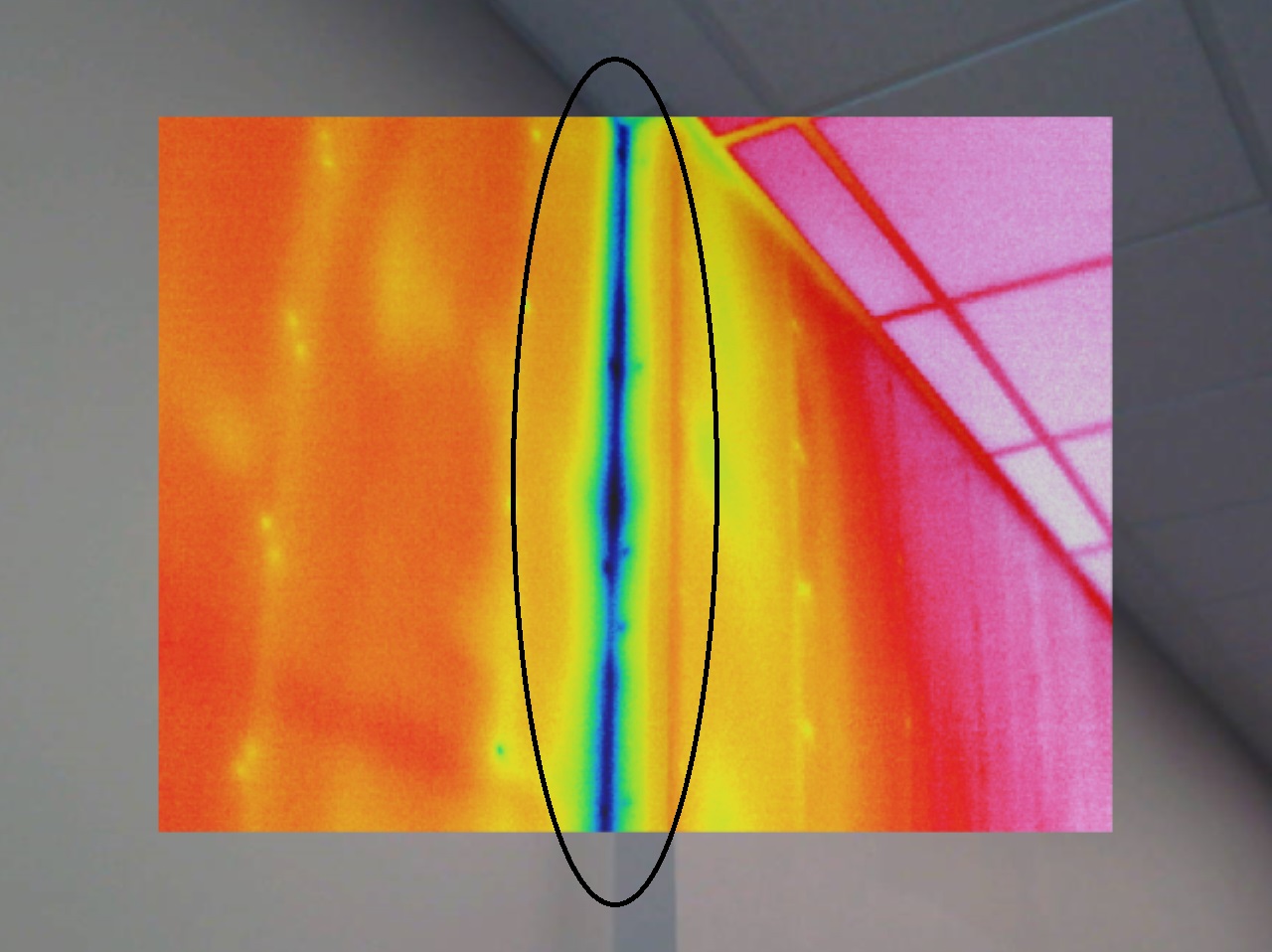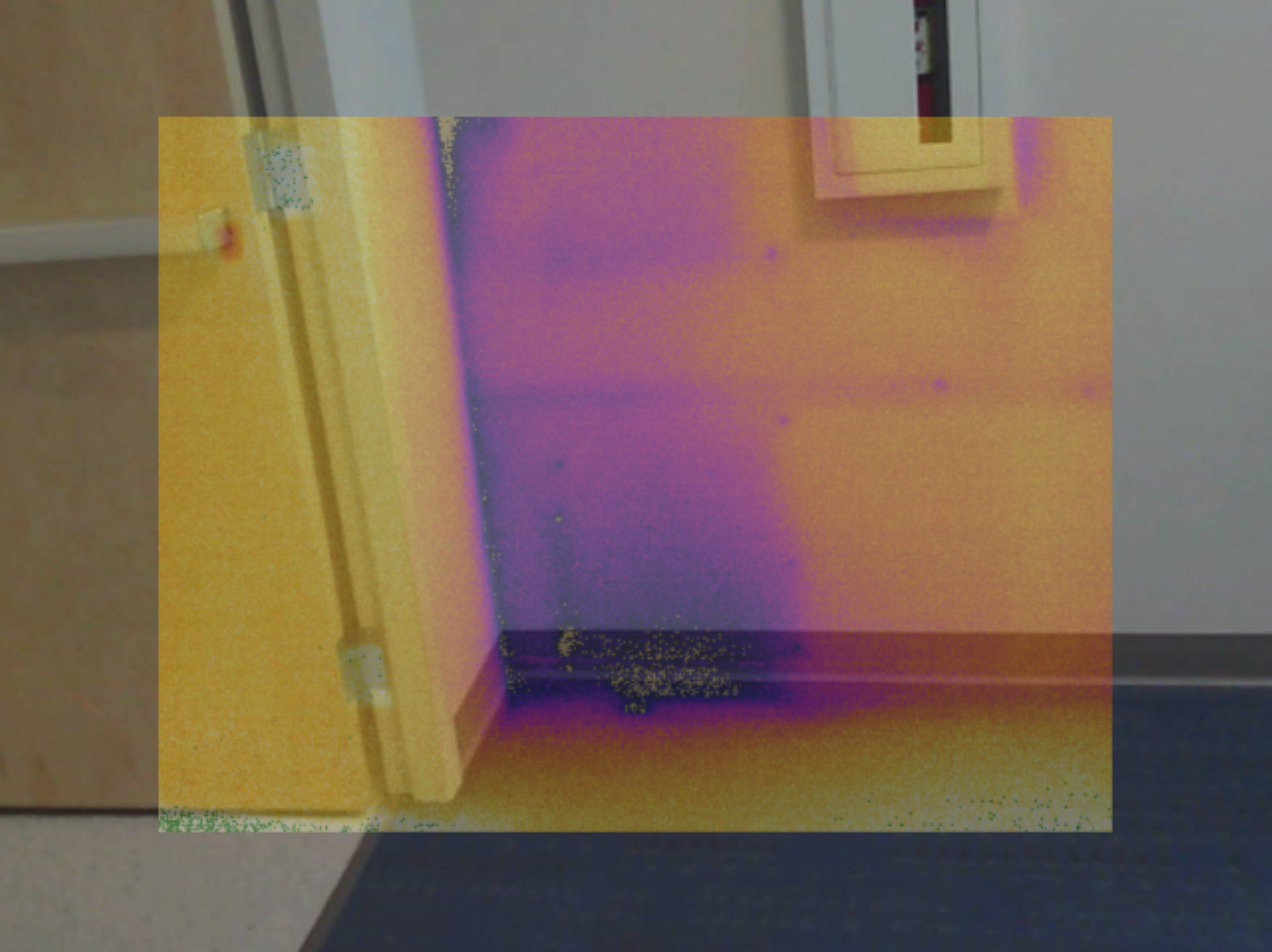Looking Deeper without Damage
Infrared thermography (IR) is perhaps the best nondestructive method to identify and analyze numerous types of problems in new construction or existing building systems. IR can be used to identify issues such as heat loss and moisture problems. SES uses leading IR technology to quickly identify deficiencies in new construction projects for immediate correction, which not only establishes the quality of construction but also results in long term operational cost savings. In existing buildings, SES employs this technology to identify energy cost savings opportunities associated with heat loss and air and water leakage in a building’s envelope and roof. SES also uses IR thermography to identify problems in photovoltaic (PV) systems and to identify failed steam traps. SES’s IR services are provided in accordance with ASTM C1060 (Standard Practice for Thermographic Inspection of Insulation Installations in Envelope Cavities of Frame Buildings) and ASTM C1153 (Standard Practice for Location of Wet Insulation in Roofing Systems Using Infrared Imaging).
SES leverages IR thermography as a tool for commissioning
Our certified thermographers can perform an IR survey without disrupting your operations, analyze the data and provide a comprehensive report with detailed information about the cause and extent of problems, as well as their precise location.
Applications:
Building Commissioning
Acceptance Testing
Quality Assurance
Performance Verification
ASTM C1060 – Standard Practice for Thermographic Inspection of Insulation Installations in Envelope Cavities of Frame Buildings
This standard practice is used to detect areas that may be missing insulation. Using infrared thermal imaging, we can detect inadequate areas of insulation without destroying walls, ceilings, roofs, or floors.
ASTM C1153 – Standard Practice for Location of Wet Insulation in Roofing Systems Using Infrared Imaging
This practice uses techniques that employ infrared imaging at night to determine the location of wet insulation in roofing systems. Areas containing water within the roof system/insulation cool slower due to water having a higher thermal capacity than roof membranes. Thermal anomalies are found using a thermal imaging camera and then confirmed by use of a TRAMEX roofing moisture meter.
